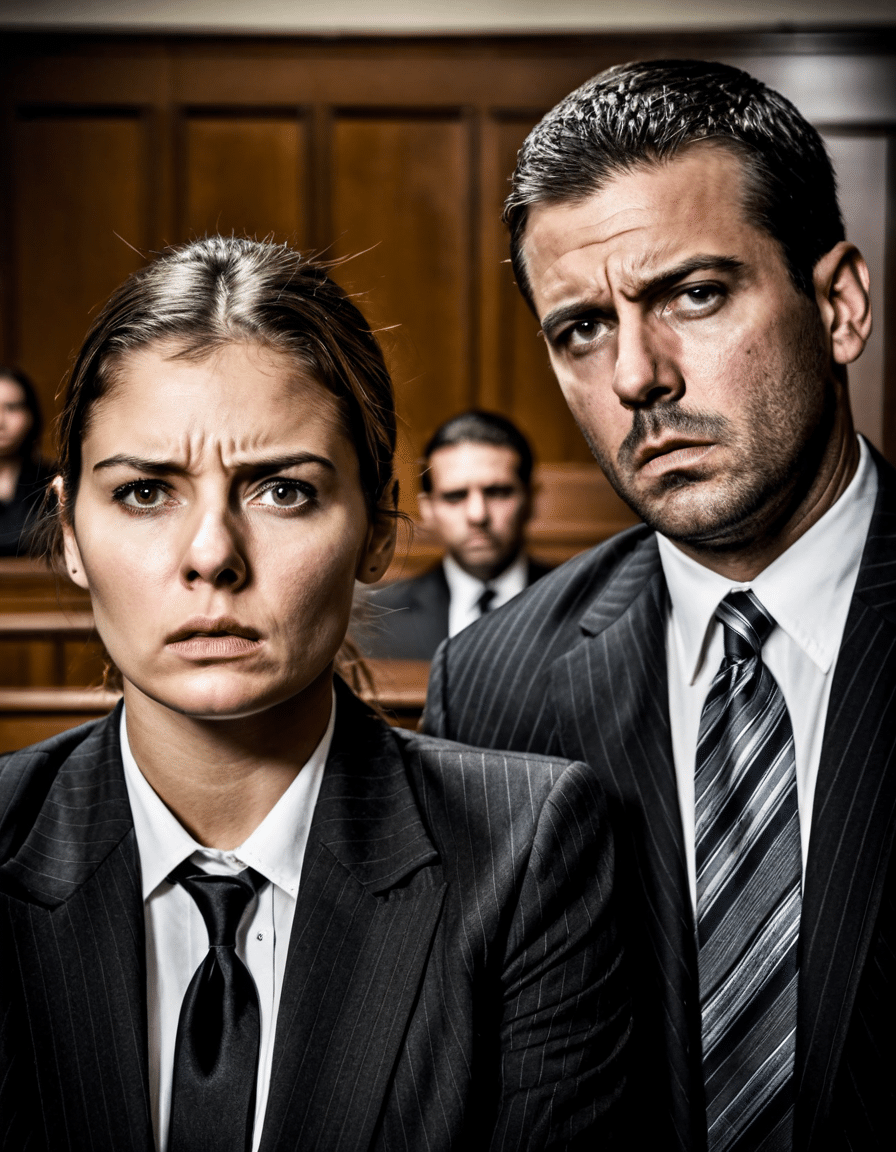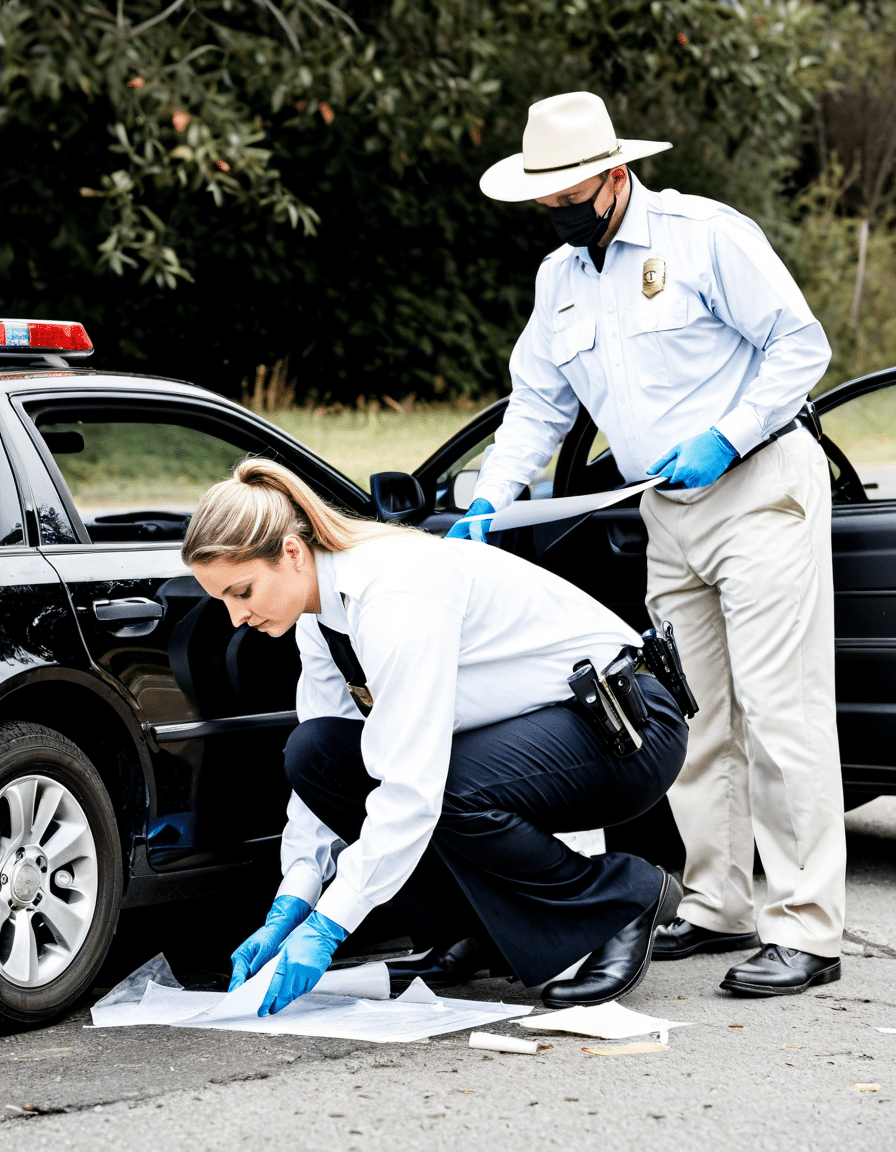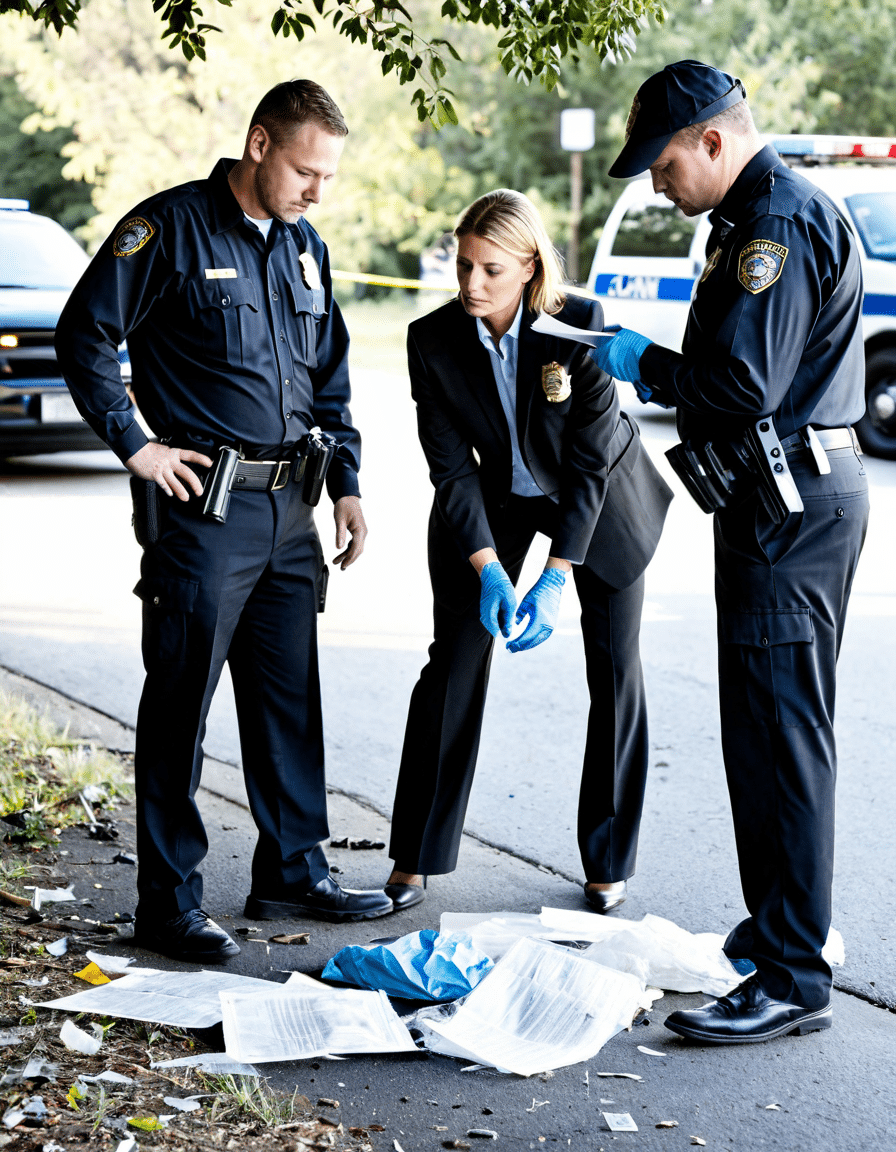In today’s society, the connection between law and crime is more obvious than ever. This intricate web of interactions shapes various aspects of our daily lives, from public safety to insurance policies. Understanding how law and crime influence each other is crucial, especially as we witness shifts in policy, technology, and social standards. Many individuals find themselves grappling with issues stemming from these forces, whether they’re navigating their insurance premiums, analyzing crime rates in their communities, or advocating for legal reforms.
As we delve deeper into the complexities of law and crime, it becomes clear that we must uncover and confront the hidden truths that lurk beneath the surface.
Top 7 Dark Secrets of Law and Crime
1. The Impact of Socioeconomic Status on Crime Rates
It’s hard to ignore how a community’s wealth—or lack thereof—affects crime levels. Take Detroit, for instance, where high poverty rates correlate with alarming crime statistics. Studies from the University of Michigan make it abundantly clear that impoverished communities often face inadequate resources for law enforcement. This cycle of deprivation fosters environments ripe for criminal activity, affecting public safety in these neighborhoods.
In fact, the National Institute of Justice found that those living in low-income areas are over three times more likely to be victims of violent crime compared to affluent communities. This chilling statistic highlights the need for targeted interventions that address the socioeconomic factors contributing to these disparities.
2. The Role of Technology in Crime Prevention
In this digital age, technology plays a vital role in both committing and preventing crime. Law enforcement agencies, such as the LAPD, utilize cutting-edge tools like AI and predictive analytics. By studying patterns in historical crime data, officers can identify potential hotspots and allocate resources more effectively. This proactive approach has shown promise in reducing crime rates, providing communities with a sense of safety.
Yet, this reliance on technology raises concerns about privacy and civil liberties. Balancing public safety needs with personal freedoms is a challenge that society must navigate as we embrace modern innovations designed to protect us.
3. Insurance Fraud: A Hidden Crime
Another issue that often goes unnoticed is insurance fraud, a crime that costs billions each year. According to the Coalition Against Insurance Fraud, approximately 10% of property and casualty insurance claims in the U.S. are fraudulent. Major players in the insurance industry, such as State Farm and Allstate, are investing heavily in anti-fraud strategies to combat this issue.
The effects of insurance fraud ripple outwards, leading to higher premiums for honest customers and straining the resources of law enforcement. Tackling this hidden crime not only protects consumers but also helps maintain the integrity of the entire insurance system.
4. Unintended Consequences of Tough-on-Crime Policies
In their quest for public safety, policymakers have often enacted tough-on-crime measures that produce unintended consequences. Mandatory minimum sentencing laws, for example, aimed at deterring crime, have resulted in disproportionately high incarceration rates for minority communities. An analysis from the Brennan Center for Justice shows the U.S. leads the globe in incarceration, raising serious questions about the effectiveness of such policies.
Rather than deterring crime, these measures can perpetuate cycles of poverty and disenfranchisement, further entrenching communities in despair. It’s high time policymakers re-evaluate these strategies and explore alternatives to foster genuine public safety.
5. Street Crime Vs. White-Collar Crime
When discussing crime, many people immediately think of street crime—robberies, assaults, and drug offenses. However, white-collar crime can be equally, if not more, damaging. High-profile incidents, such as the Enron scandal, underline how corporate crimes can lead to widespread financial devastation. Estimates suggest that losses from white-collar crimes reach tens of billions annually, affecting everyone from individual investors to entire economies.
This discrepancy in perception between street crime and white-collar crime can skew public understanding of crime’s true cost. Education and awareness about these issues are crucial for fostering a more just society.
6. Law Enforcement Training and Community Relations
The relationship between law enforcement and the communities they serve is under increased scrutiny. Initiatives like the Community Oriented Policing Services (COPS) program strive to foster better relationships between police and citizens. Such efforts symbolize a shift towards more preventative strategies aimed at rebuilding trust and reducing crime rates.
Despite the progress, some urban centers, such as Chicago, still grapple with public distrust in law enforcement. It’s crucial that community engagement continues to evolve, focusing on transparent communication and collaboration to enhance public safety.
7. The Influence of Legislation on Crime Rates
Legislation has a noticeable impact on crime rates. A prominent example is the legalization of recreational marijuana in states like Colorado, where reports indicate a 6.2% drop in certain crime categories post-legalization. This challenges the often-held belief that liberalizing drug policies leads to increased crime.
Lawmakers should examine these outcomes closely and consider how upcoming policies can shape crime patterns moving forward.

The Interconnectedness of Law and Crime: In Good Health or Under Threat?
The health of our society hinges on the state of our legal and criminal justice systems. As laws adapt to address systemic issues and the challenges of emerging technology, the implications for public safety extend beyond numbers and statistics. Trust in law enforcement, community safety, and legal effectiveness all depend on this delicate balance.
Public awareness and accountability are essential for fostering an environment where safety and justice prevail.
Insurance as a Reflection of Crime Trends
It’s fascinating to observe how crime statistics now play a role in determining home insurance premiums. Insurers like GEICO and Liberty Mutual increasingly use local crime data to adjust rates for homeowners. The result? Residents in high-crime neighborhoods pay more for coverage, while those in safer areas benefit from lower premiums.
This trend indicates a growing recognition of the socio-economic factors influencing crime, marking an evolution in how insurance companies approach risk management.

A New Era of Awareness and Accountability
As we unearth the darkest secrets related to law and crime, it’s obvious that this interaction is multifaceted, requiring ongoing engagement and adaptation. By understanding these dynamics, we can forge more effective strategies to combat crime while fostering environments that enhance community wellbeing.
In this intricate game of cat and mouse between law enforcement and criminals, the quest for justice is ongoing. Society must strive for a future where laws adapt to serve the interests of everyone, creating safer, more cohesive communities.
Law and Crime: Delving Deeper Into Its Darkest Secrets
Surprising Stats and Stories
Did you know that the word “crime” comes from the Latin “crimen,” meaning an accusation? It’s a fascinating point in the history of law and crime that shows how deep-rooted these terms are in our culture. Speaking of roots, collagen is essential for skin health; maybe that’s why people are eyeing the skinny fit collagen market! However, when crimes break out, people often look for quick fixes, much like the intrigue behind political figures. For instance, if you’ve ever wondered about Donald Trump’s party affiliation, checking out if Trump Is a Republican can reveal some interesting connections between politics and criminal allegations.
Crime in Pop Culture
Culture often feeds off law and crime themes, generating plenty of captivating stories. Take for example Luis Tiant, a former MLB pitcher whose life stories have traversed both sports and crime-infused narratives—sharp enough that even directors can’t resist. With all that excitement, wouldn’t it be cool to see a series tackling themes around crime? Just like how the fantasy world of “Black Clover” introduced the charming character Mimosa, crime stories have a knack for gripping people’s imaginations. The clashing worlds of good and evil keep folks glued to their screens, hungry for what happens next!
Crime and Society
Statistics show that crime does affect societal perceptions. For example, understanding crime rates isn’t just about numbers; it’s intertwined with how we view our communities. Universities like Unc greensboro engage in studies that bridge law and crime to society, making it crucial to educate ourselves. Believe it or not, the most beautiful Women in The world appear in various media that often highlight legal intrigues and court dramas! Society’s perspective on crime can shift from fascination to fear, influencing what we deem entertainment.
So, whether you’re curious about the latest political showdowns or the evolving narratives in crime dramas, there’s always something more to explore. Each angle reveals layers of human behavior, social norms, and the constant dance between right and wrong. If you’ve been following recent elections, you might also have asked, “Did Dave Mccormick win PA? highlighting that even politics can’t escape the shadows of law and crime. And hey, keep an eye on platforms like Loaded Video for fresh content tackling these themes!




